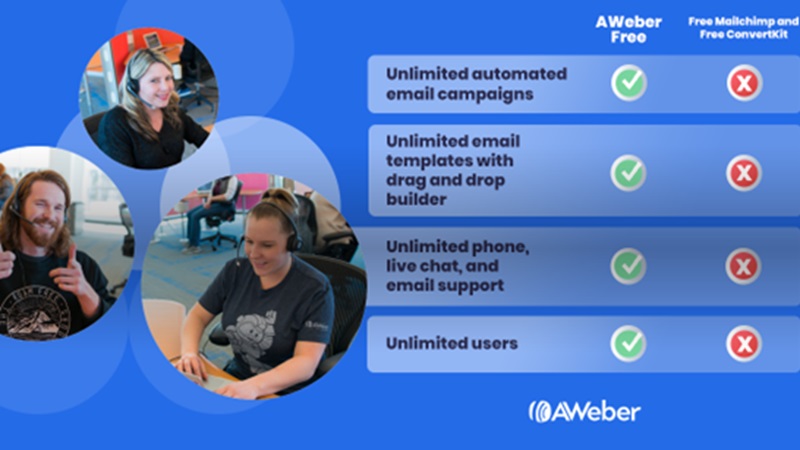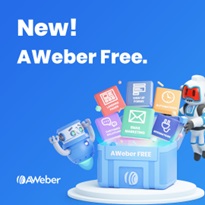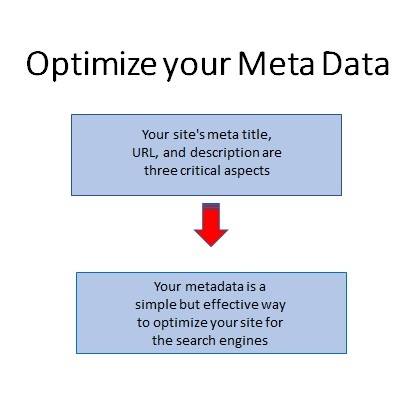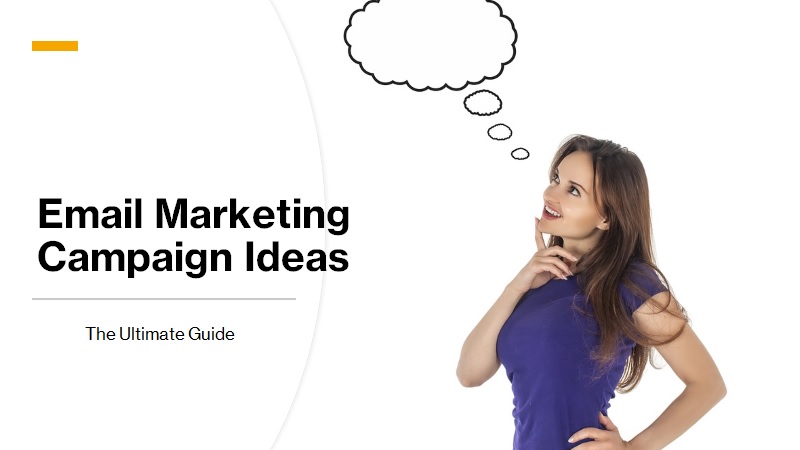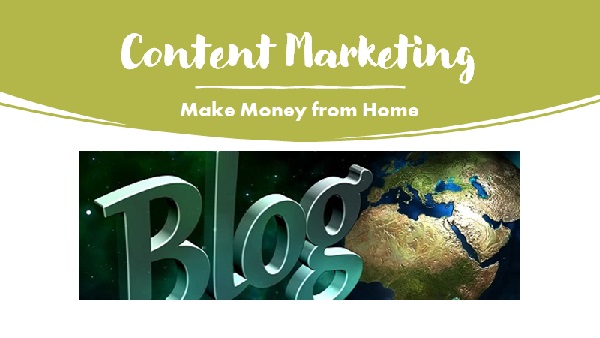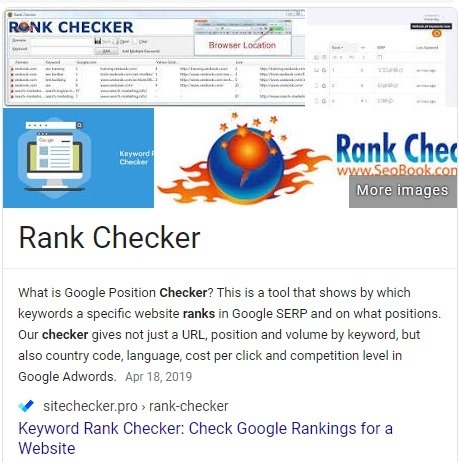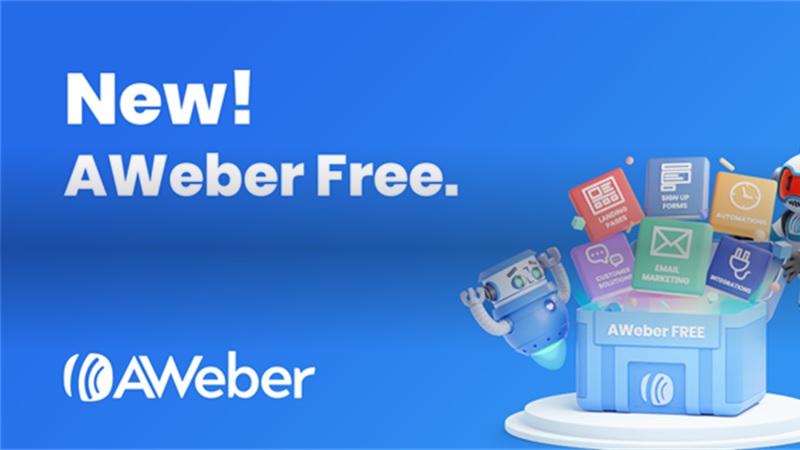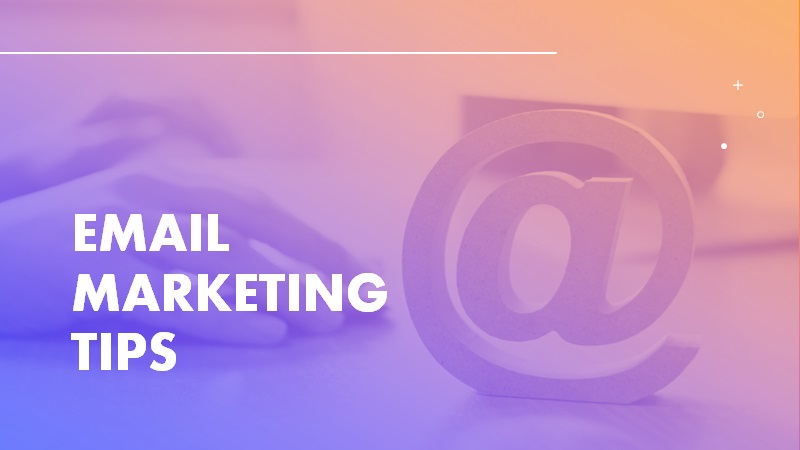
How To Use Persona-based Marketing To Drive Sales
Persona-based Marketing:
As a marketer, you are always looking for ways to increase your revenue and grow your business.
One way to achieve this is through persona-based marketing.
Persona-based marketing is a strategy.
Involves creating detailed profiles of your target audience.
Or personas, to better understand their needs and preferences.
So, use these personas to guide your marketing efforts.
Because you can create more personalized and effective campaigns.
In fact, will help you reach your goals.
In this article, we will discuss how you can maximize your affiliate program's potential with persona-based marketing.
The Importance of Persona-based Marketing Understand Your Target Audience
The first step in creating effective personas is to understand your target audience.
Because, you need to know who they are, what their needs and preferences are, and what motivates them to make a purchase.
To do this, you can use a variety of tools, such as surveys, customer feedback, and market research.
Develop a Detailed Persona-based Marketing Info
First of all, have a clear understanding of your target audience.
So, you can begin developing detailed personas.
Again, these personas should include certain information.
Such as age, gender, income, education level, occupation, and interests.
Equally important, you should also include information about their buying habits.
Especially, preferred channels for communication, and pain points.
Create Personalized Content
Once you have developed your personas, you can use them to guide your content creation efforts.
In other words, create content that is tailored to the specific needs and preferences of your target audience.
As a result, you can increase engagement and drive conversions.
Use Targeted Advertising for Persona-based Marketing
Another way to use personas in your affiliate marketing efforts is through targeted advertising.
So, use the information you have gathered about your personas.
Therefore, you can create highly targeted ads.
That are more likely to resonate with your target audience.
Measure Your Results for Persona-based Marketing
Finally, it is important to measure the results of your persona-based marketing efforts.
Because this will help you to decide what is working and what is not.
For this reason, you can adjust as needed.
Also, use a variety of tools to measure your results.
Such as Google Analytics, social media analytics, and email marketing metrics.
In Conclusion of Persona-based Marketing
In conclusion, persona-based marketing is a powerful tool.
That can help you to maximize your affiliate program's potential.
Certainly, by understanding your target audience.
So, develop detailed personas and create personalized content.
In that case, use targeted advertising, and measure your results.
After all, you can create more effective and engaging campaigns.
Of course, will drive conversions and increase your revenue.
If you want to read more information about how to boost your website traffic just visit --> "https://seowebtoolsmagic.com"














